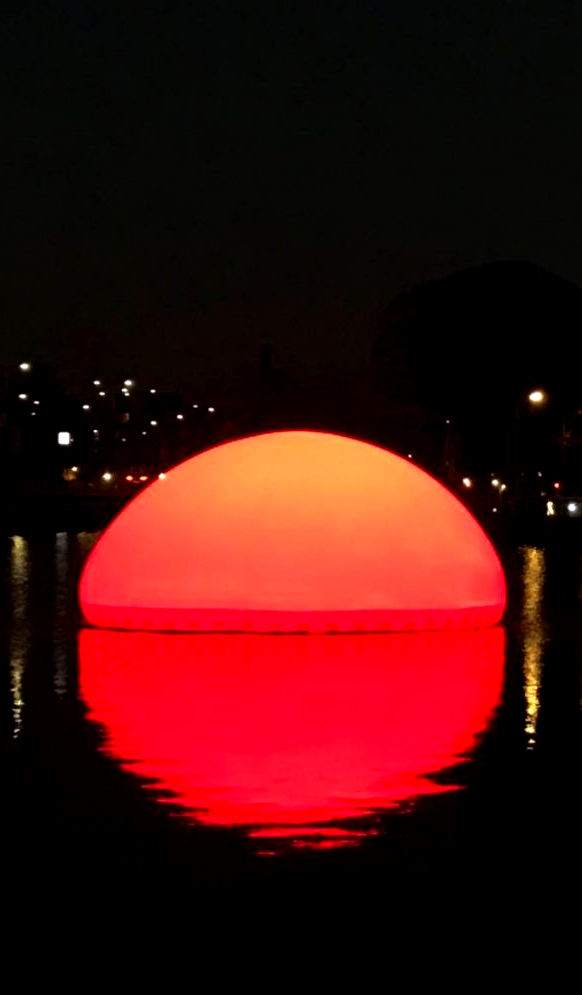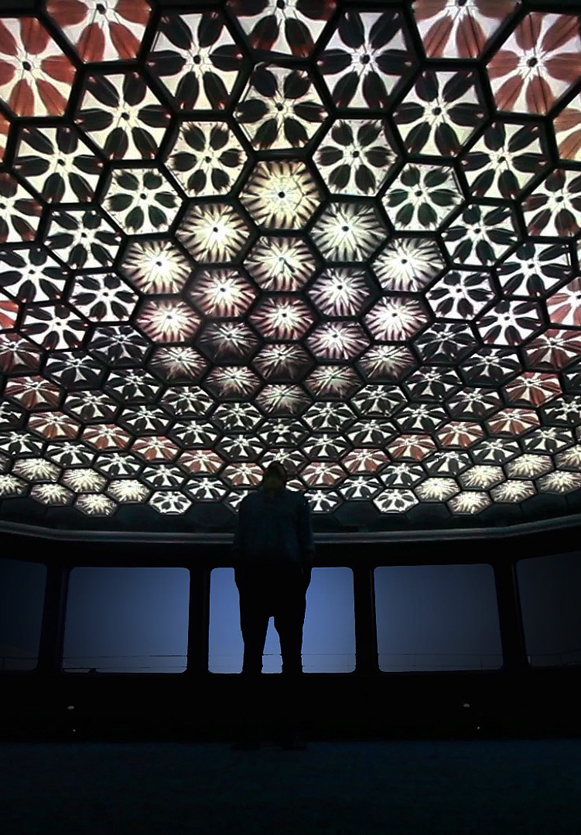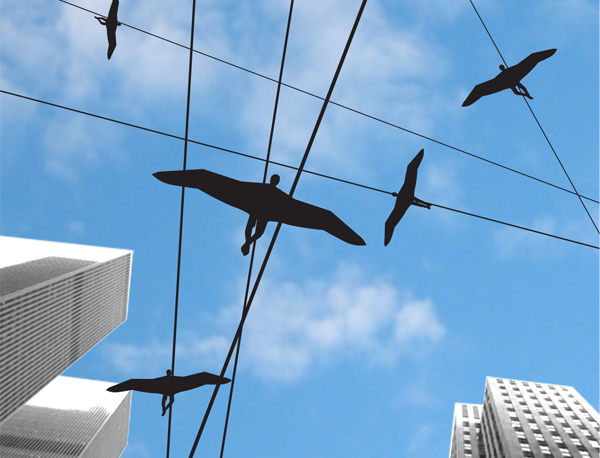Napoleon
Kevin Brownlow’ restoration
Gance embarked on his greatest project, a six-part life of Napoléon. Only the first part was completed, tracing Bonaparte’s early life, through the Revolution, and up to the invasion of Italy, but even this occupied a vast canvas with meticulously recreated historical scenes and scores of characters. The film was full of experimental techniques, combining rapid cutting, hand-held cameras, superimposition of images, and, in wide-screen sequences, shot using a system he called Polyvision needing triple cameras (and projectors), achieved a spectacular panoramic effect, including a finale in which the outer two film panels were tinted blue and red, creating a widescreen image of a French flag. The original version of the film ran for around 6 hours. A shortened version received a triumphant première at the Paris Opéra in April 1927 before a distinguished audience that included the future General de Gaulle. The length was reduced still further for French and European distribution, and it became even shorter when it was shown in America. Napoleon is a silent film directed by Abel Gance, dramatising the youth and early career of Napoleon Bonaparte. Its most complete screening, said to be nine hours long, took place in Paris in 1927 – but this version was subsequently lost. British film-maker Kevin Brownlow saw a version as a schoolboy and subsequently restored the film to close to its original length from various prints. His restoration was first shown in London in 1980 with a score by Carl Davis.
















